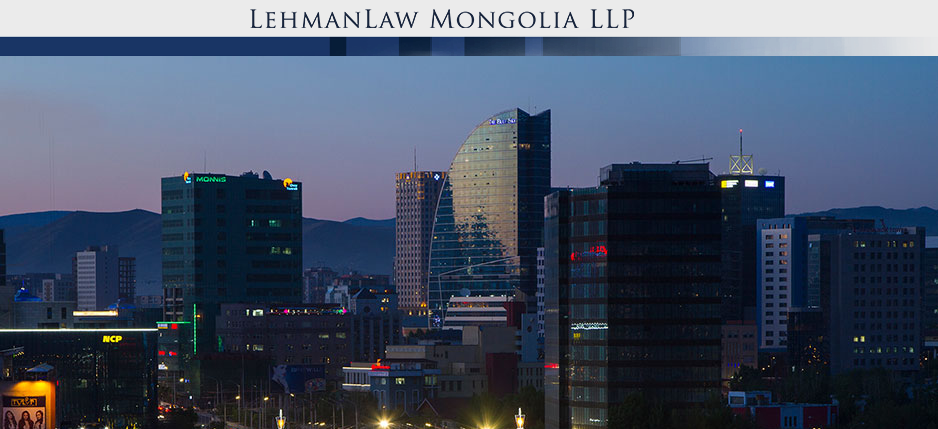Continuing our look at general procedures for trying a case before court in Mongolia.
2.2 Examination of documentary and real evidence
A Court shall examine evidence and documents collected in the case. The written evidence which it considers necessary and requested by participants and judge will be read out at the requested page or section to the court.
2.3 Asking questions
The judge will ask questions from both parties and the claimant and respondent will ask questions to each other and answer each other’s questions.
2.4 Examination of a witness
The judge shall bring witnesses into the courtroom and warn him/her of his duties and liabilities to be imposed on him/her and to sign the minutes of court session on this. Each witness is questioned separately. The judge, claimant and respondent will each ask questions from the witness.
A witness who has not yet testified may not be in the Court room during the process of the court session. A witness who has been questioned remains in the Court room unless the judge permits him/her to leave.
A Court may conduct preliminary testimony of a witness or may reexamine the witness.
2.5 Reading out conclusions of an expert
The conclusions of an expert are read out at the court session. An expert will explain his/her conclusions at the court session. Questions may then be put to the expert. In the event of the expert’s conclusions being doubtful or unclear or contradictory, the court will order another expert to provide conclusions.
2.6 Additional clarifications from persons taking part in the case
After examining the evidence, the judge asks the litigants whether they have issues that need additional clarification. In this event, parties may ask questions and answer and explain more about their arguments which have not been presented.
Also, both parties will present final conclusions of their sides.
